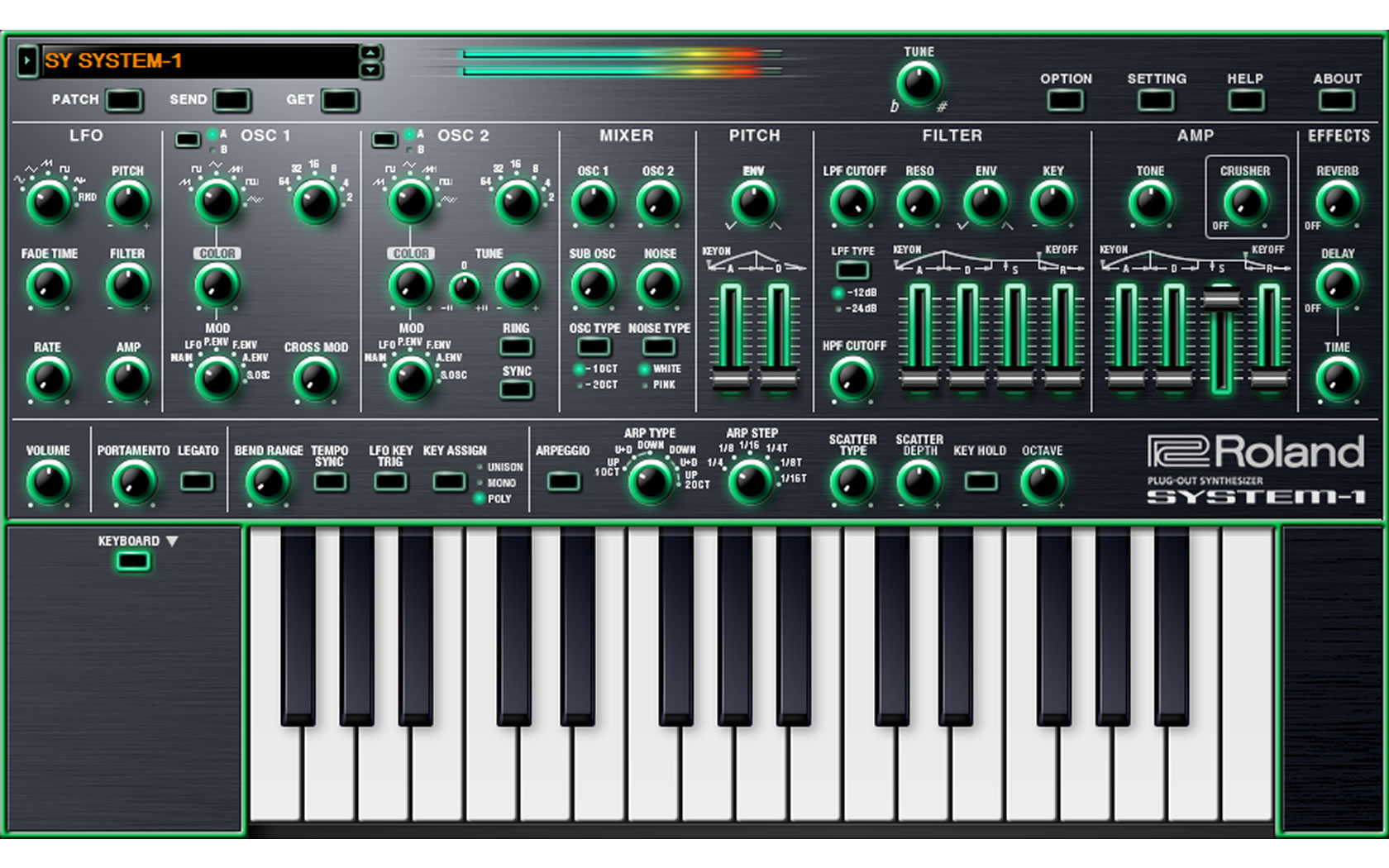Ableton Lpass Midi To Plugin Vst
Using MidiShaper in Ableton Live, you can modulate plugins and Live's own devices and mixer controls. as well as hardware MIDI devices. Setting up for modulation of plugins can be done via MIDI Learn, if available, or Live's inbuilt MIDI mapping system.
The plugins that are included in Ableton Live are a great starting point for any music producer, but there are tons more plugins that can be combined with these to really enhance your production process. We’re going to look at what we consider to be the best plugins for Ableton to add to your collection. Top 9 Ableton Plugins. Home › Free VST Plugins & Instruments › 10 Free Violin VST Plugins – Best Violin VSTs 10 Free Violin VST Plugins – Best Violin VSTs Here are the best Free Violin VST Plugins online that can be used with FL Studio, Reason, Ableton Live, and other VST supported software.
Modulating a plugin instrument via MIDI Learn
If your plugin instrument has a MIDI Learn function built in, assigning MidiShaper to modulate its controls is particularly easy. We're using FXpansion's Cypher synth for this example, but the process should be the same with any soft synth that has a built-in 'MIDI Learn' function.
- A MIDI cable (or USB cable if it supports USB over MIDI). Note: Some newer devices may support audio over USB, in this case you won't necessarily need to use a dedicated audio interface. Step 2 - Connect your hardware. Connect the MIDI out of your MIDI interface to the MIDI in on your hardware using a MIDI cable.
- A MIDI cable (or USB cable if it supports USB over MIDI). Note: Some newer devices may support audio over USB, in this case you won't necessarily need to use a dedicated audio interface. Step 2 - Connect your hardware. Connect the MIDI out of your MIDI interface to the MIDI in on your hardware using a MIDI cable.

1. Create two MIDI tracks in Ableton Live – 'MIDI 1' and 'MIDI 2'. /free-vst-plugins-for-fl-studio-12-2019.html.
2. Insert the VST version of MidiShaper on 'MIDI 1', and your synth (Cypher in our example) on 'MIDI 2'.
3. Open MidiShaper, and make sure 'Out to Host' is selected in the bottom left menu of the MIDI Setup area. In the Modulation area above, click 'Off' above the fourth column in from the left, and select the MIDI CC you want to use for modulation – 9, for example.
4. In the MIDI From menu of track MIDI 2, select 'MIDI 1', then 'MidiShaper', and activate Monitor 'In'. Now, your instrument (Cypher in our example) can only be triggered by placing MIDI notes on track MIDI 1.
5. Open your instrument and find its MIDI Learn function – in Cypher, it's located at the bottom left corner. If your instrument doesn't have its own MIDI Learn system, you'll need to make the assignment within your DAW itself – please see your DAW's documentation for details on how to do this.
6. Serial key windows 7 professional 32 bit asus. In Cypher, link a control to MidiShaper by clicking it. As Cypher receives MIDI from MidiShaper on MIDI CC 9, the knob will instantly start moving and display '9'. That knob is now controlled by MIDI CC 9, which is currently being sent to it by MidiShaper.
7. If you want to control more parameters with MidiShaper, select the MIDI CC you want to assign in MidiShaper's 'Teach' menu. That MIDI CC will be output constantly, enabling you to assign it in your synth by activating MIDI Learn. Once you've assigned the MIDI CC to a control on your instrument, set MidiShaper's 'Teach' menu to 'Off' again.
Modulate a plugin effect via MIDI Learn
You can also use MidiShaper to directly modulate MIDI Learn-enabled plugin effects in Live. First, create a MIDI track and insert MidiShaper onto it. Then add a 'dummy' MIDI track to receive MIDI from the MidiShaper channel and route it to the MIDI Learn-enabled plugin effect that you want to modulate, as shown in this screenshot (the Audio track is hosting the effect plugin):
Then, use your plugin effect's in-built MIDI Learn system with MidiShaper, as described in steps 5-7 above.
Ableton Pass Midi To Plugin Vst Free
Modulating a plugin instrument/effect, or Live's own device and mixer controls, via MIDI mapping
If your plugin instrument or effect doesn't feature a MIDI Learn function, you can assign MidiShaper to modulate its controls using Live's onboard MIDI mapping system. For this, you need virtual MIDI ports installed.
Windows: We recommend MIDI Yoke, LoopBe or loopMIDI, all of which are free.
macOS: Mac users have virtual MIDI ports built into the operating system. To activate them, open the Audio MIDI Setup app in Applications/Utilities, and select 'Show MIDI Studio' from the 'Window' menu. In the MIDI Studio, double-click the IAC driver and check 'Device is online'. You can now add and remove virtual MIDI ports to make them available in Live.
Please be aware of two issues with virtual MIDI ports:
- Timing might not be accurate, especially when you render your track.
- If you install or remove system-wide virtual MIDI ports later, you might need to set up your chosen virtual MIDI ports again in your existing projects.
With your virtual MIDI ports set up, follow the steps outlined in this video to modulate Live's mixer and devices. To modulate a plugin, click the 'Unfold Device Parameters' (right-pointing arrow) button in the plug-in's device box, then the Configure button that appears, to make the plugin's controls available for MIDI mapping.

Best Vst For Ableton
Do you have any feedback for us on this tutorial? Contact us and let us know!